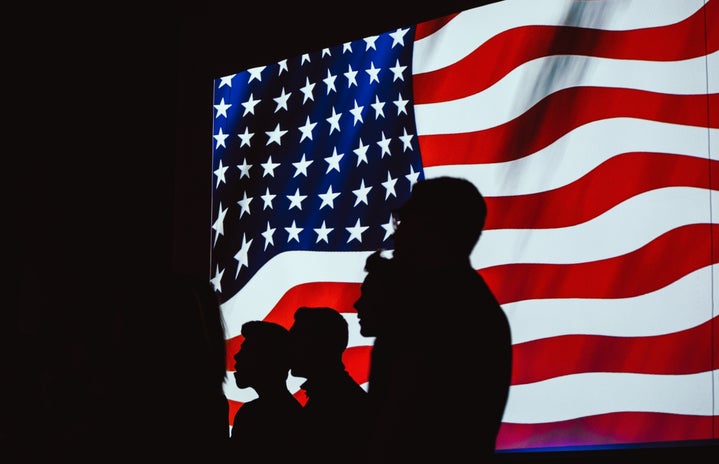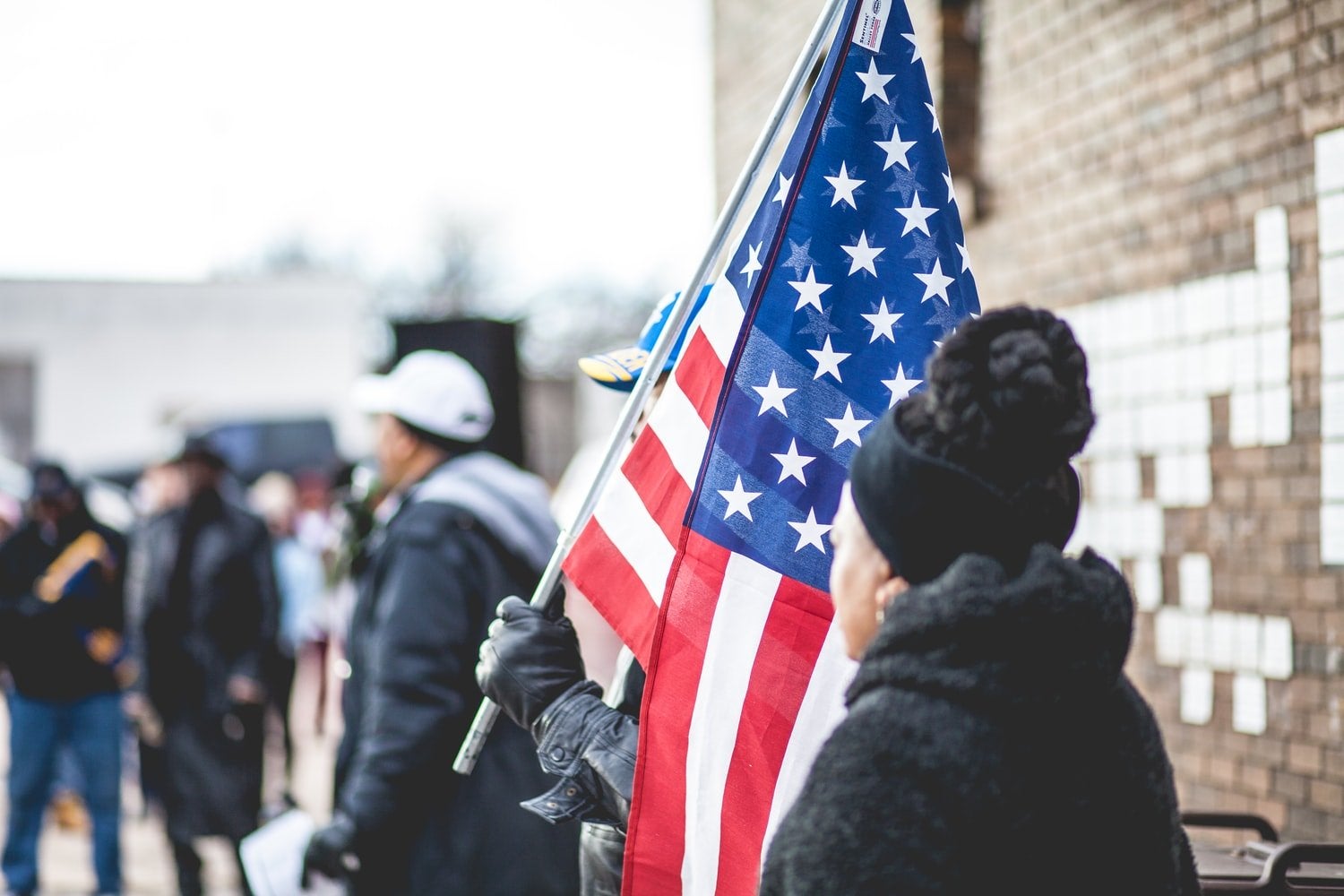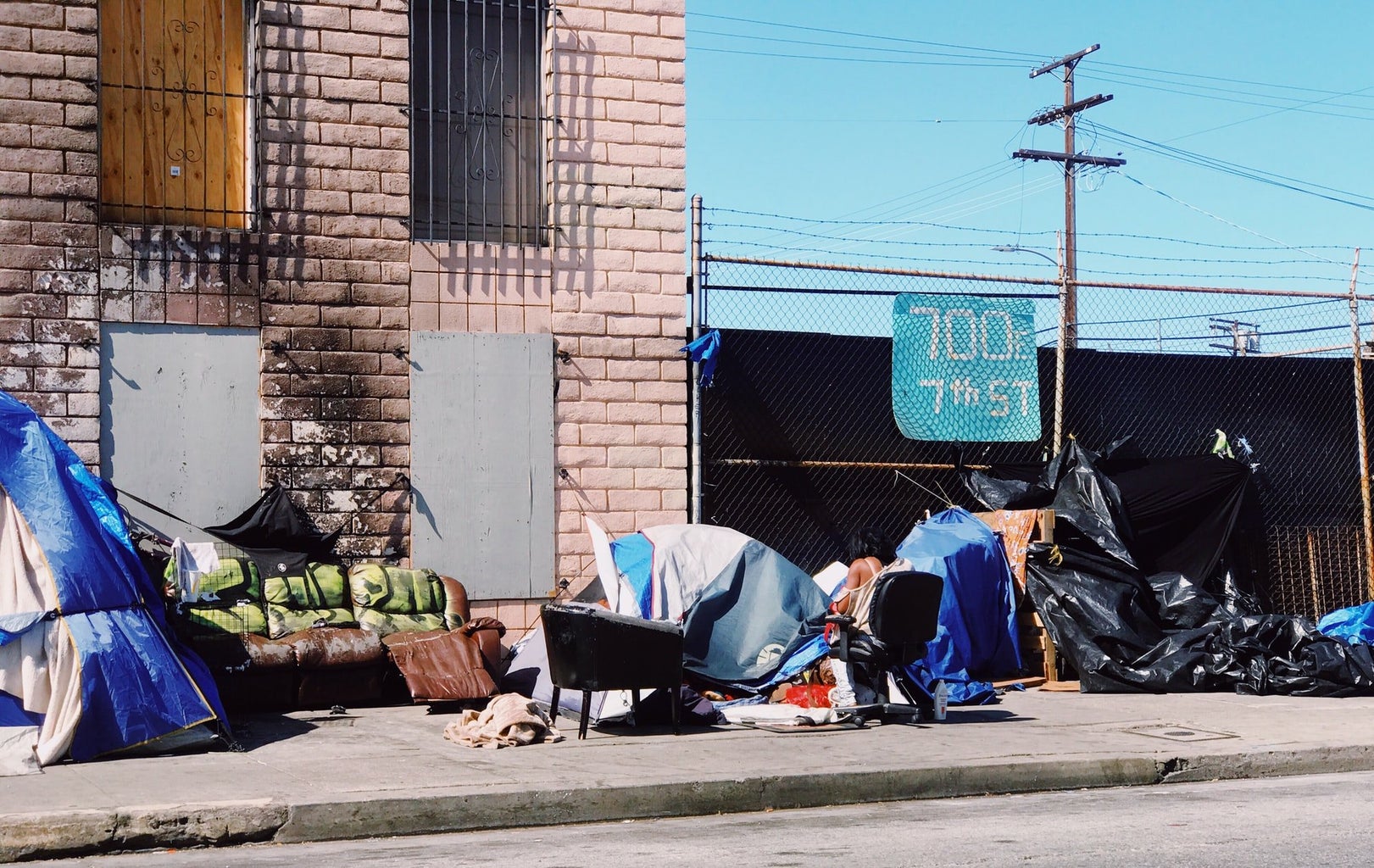When you think of a veteran, what types of imagery come to mind? You might see a family member or friend. There’s a chance you imagine someone much older. Maybe you will see your neighbor. It’s even possible that you envision someone living in poverty and begging on the streets. In Boulder County, 5.5%, or 13,730 people, of our population are veterans. At CU Boulder, 2-3% of our student population is of veteran status. Well over 1,000 of our classmates and peers have served this country in one way or another. It’s highly likely that you saw a veteran today.
Our near-constant interactions with veterans often go without the knowledge necessary to act with compassion for the struggles they are experiencing. Veterans’ rights, programs, and opportunities are severely lacking in the United States, leaving a large portion of the population struggling with mental health and homelessness. Without the necessary support networks to get back on their feet following their years of service, these former military members are in danger of falling victim to the same country they risked their lives for.
In order to encourage others to better understand thousands of people in our Boulder community and in honor of Veteran’s Day, I’m highlighting and analyzing some of the pressing issues impacting veterans today.
- Health Insurance
- The Department of Veterans Affairs, commonly referred to as the Veterans Administration (or the VA), is seemingly well funded but, in practice, spread incredibly thin. Their budget for the 2021 fiscal year amounted to a shocking $240 billion. However, this amount needed to be used to fund health care, education, and compensation for over 9 million veterans. Additionally, it must pay the 360,000 employees at the VA, operate 6,000 buildings, and maintain 1,600 healthcare facilities, among other things. As the number of veterans in the United States climbs, the budget has little room to grow. As a result, certain sectors struggle to get decent funding, one of these sectors being health care. Under the VA’s health insurance, veterans can only visit veteran-specific facilities. These hospitals and healthcare centers could be hundreds of miles away and inaccessible to veterans without the ability to travel. Issues concerning eligibility for disability, which grants veterans additional health benefits, are incredibly difficult to qualify for. Service members excluded from these benefits include veterans suffering from cancer, Parkinson’s disease, and hypertension, all due to their time in military service.
- Mental Health
- In the year 2019, veterans accounted for 13.7% of all suicides. Depression, anxiety, post-traumatic stress disorder, and traumatic brain injuries are endemic to the veteran population. The mental health issues associated with experiencing combat, witnessing violence, or struggling during boot camp are only exacerbated by the inability of the VA to accommodate mental health resources within health insurance. Mental illness caused by military service is not often addressed by military institutions or supplemented with support from the government. This problem was confronted in part by Proposition 122, which appeared on the 2022 midterm ballot. This proposition decriminalized the use of psilocybin as a therapeutic practice and viable alternative to medication in victims of PTSD. While it was an incredibly close count at 51% and 48%, Proposition 122 passed in Colorado, marking a major step towards helping veterans in our state.
- Unemployment
- There is no sufficient evidence to support that veterans are at a disadvantage in the civilian job market, so why are their unemployment rates so high? Recent studies have shown that 56% of unemployed veterans are between the ages of 24-56. While this could be because of the temporary unemployment that occurs in between jobs, in this case between service and reentry into the workforce, there are also several other factors that may contribute to this issue. Veterans are not often provided with programs or systems of support in order to create a resume, learn applicable skills, or apply for jobs in the first place. Another sad reality of unemployment is that veterans are unable to work due to physical or mental disabilities caused by service. As mentioned before, compensation for disability is difficult to qualify for, so this leaves veterans at the mercy of the same programs as average citizens.
- Homelessness
- A combination of all of these factors has resulted in the most prominent issue facing veterans today: homelessness. Over 40,000 veterans are experiencing homelessness in the United States, accounting for 11% of the entire homeless population. In addition to the previous issues surmounting and creating the conditions for homelessness, veterans also experience social isolation, a lack of support systems, and less affordable housing options. Regardless of the contributing factors, the bottom line is that veterans are more likely to experience homelessness than non-veterans.
To care about veterans’ issues is to care for our family, friends, classmates, and community members. It’s an issue that doesn’t often reach our demographic because we don’t realize how directly it impacts our demographic. Seeing veterans as more than just former members of the military and reframing them to be the people checking our IDs at the bars, bagging our groceries, raising families in our neighborhoods, or sleeping on our streets at night might help to see that this isn’t a veteran problem, it’s a human problem. To help with any of these issues and to celebrate veterans on November 11th, donate, spread awareness, and thank a veteran.





